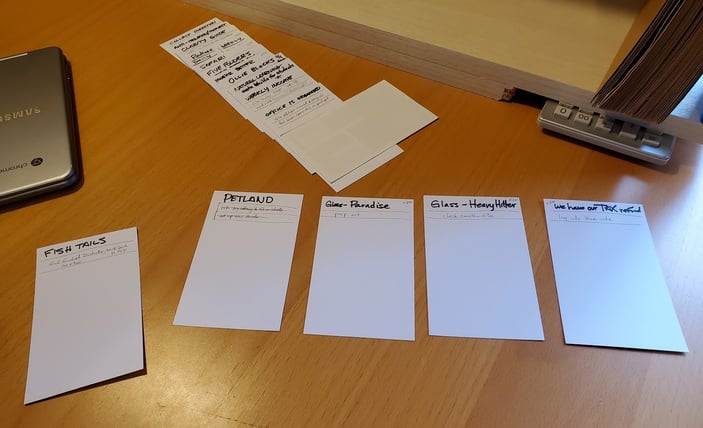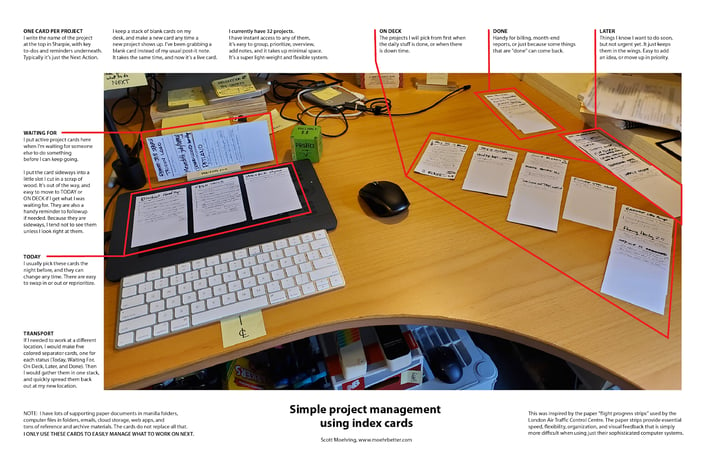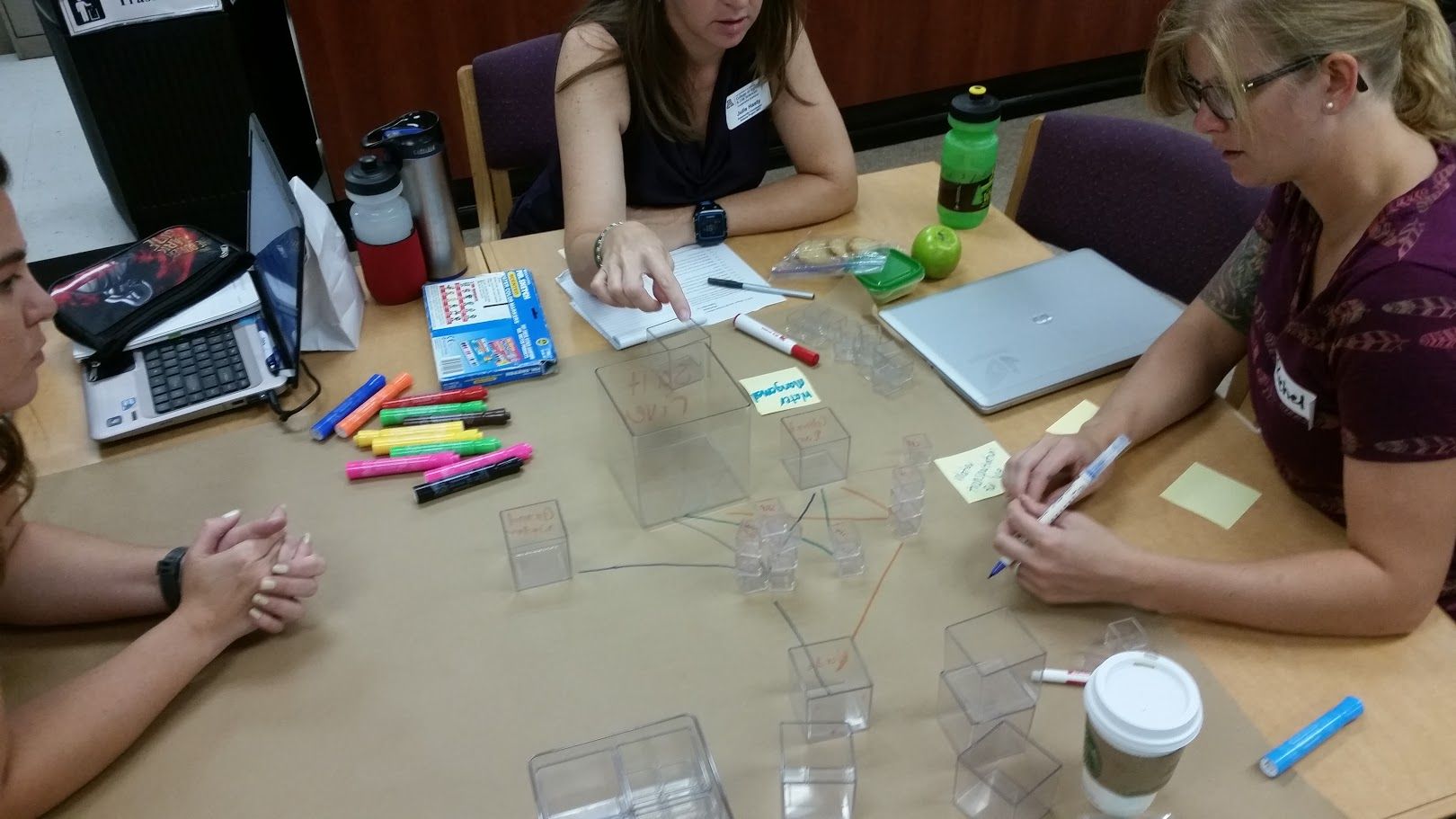Solving Small Problems With Systems Thinking— A Real-Life Walk Through
 Scott Moehring
·
2 minute read
Scott Moehring
·
2 minute read
“Systems Thinking” sounds like such a grandiose thing, requiring complicated tools designed to solve complicated problems. But what if there is more (or less) to it? What follows is a short blow-by-blow account of how I solved a small problem using DSRP (Distinctions, Systems, Relationships, Perspectives).
I had been looking for a new task manager app. I began by diving into the seemingly bottomless pit of digital task management tools. So many great tools, so many thoughtful features, and yet I felt something was missing. I had used many apps, but there was resistance. Subtle, but it was definitely there.
I had recently stumbled on Derek and Laura Cabrera’s thoughtful, generous, and accessible Systems Thinking work, so I thought I'd try mapping out my problem using DSRP. Here’s what went through my mind as I did it.
SYSTEM. I started with parts. I wrote down the apps that were on my short list. Things I had used before, things others had recommended. After the last one I wrote "paper". It stopped me. Why did I write that? Because it had always worked for me, and it's what I typically used in-between switching to yet another digital tool.
DISTINCTION. I had been thinking that apps were one thing, and paper was another. It was an incorrect, unhelpful distinction. They were all simply tools to help me manage what to work on next.
PERSPECTIVE. I grabbed "The Myth of the Paperless Office" off my bookshelf. I flipped through the many pages I had marked with Post-it notes, and was reminded of the authors' key finding - paper was a great tool for active work. "Use more paper, keep less paper". I then saw a story I had flagged about a paper slip system preferred by some modern air traffic controllers.
SYSTEM. I grabbed a stack of blank index cards, and started making my parts. Each card was one project, with a short list of next tasks written below the bold name. I just did a brain dump of whatever was top-of-mind. Then the cards naturally started to form groups.

DISTINCTIONS. The groups that emerged were based on status. I had Today, Soon, Later, and Waiting For. It was easy because the statuses were already obvious to me (since they’re my projects). I was also able to make further distinctions by putting cards in priority order, or by turning some of them sideways.
RELATIONSHIPS. There were relationships emerging between the cards. Stacked together = same status. There were relationships between me and the cards. Closer to me = more urgent. Further away = less urgent. How busy was I today, or this week? A glance gave me instant feedback. I could even change my relationship to all the cards by walking out of my office to take a break. :)
PERSPECTIVE. I thought I had been looking for a high-tech, feature-rich, digital tool to solve my problem. I was actually needing a low-resistance, tangible, visual tool to help me quickly capture, plan, track, and complete my work.
How is it working? After just a couple weeks, it's been terrific. I'm clearer. I have a much better sense of how much active work I can actually handle. Most importantly, I'm focused on the work itself rather than fiddling with an app. (Note: I use other digital tools all day, every day. I'm not anti-digital at all.)
My suggestion is to not postpone or limit your Systems Thinking by waiting to find the perfect digital tool. You can think using index cards, or post-it notes, or jelly beans on a table. Anything you can distinguish, group together, relate, and view from different perspectives will work.
I hope this inspires you to try Systems Thinking to solve some of your seemingly mundane problems. I think both DSRP and my index card project management system are great examples of not ignoring low-tech tools because they seem too simple to be of real use. Or, thinking that big ideas only apply to big problems. Good luck!

.png?width=150&height=150&name=CRL%20GOAT%20Logo%20(4).png)


